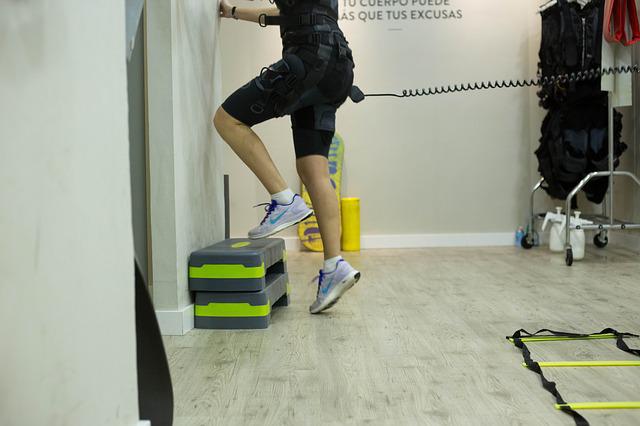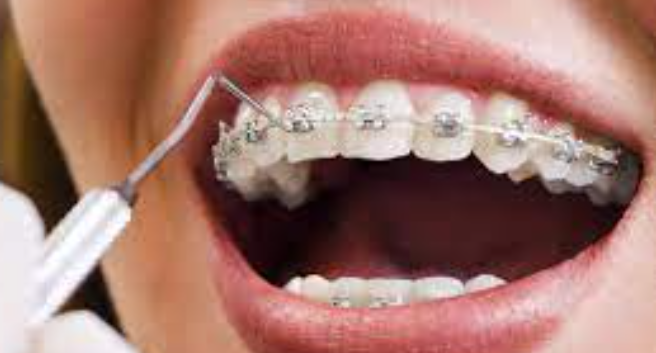Circumcision surgery for adults is a topic that warrants understanding due to its medical, cultural, and personal implications. This article will delve into the various techniques used in adult circumcision, highlighting their pros and cons. By the end, you will have a comprehensive understanding of the subject, empowering you to make informed decisions.
Exploring Different Techniques in Circumcision Surgery for Adults: Pros and Cons
Let’s dive deeper into everything related to Adult Circumcision Surgery:
Pros of Circumcision Surgery for Adults:
There are several potential benefits associated with adult circumcision. Firstly, it can reduce the risk of certain medical conditions, such as urinary tract infections and sexually transmitted infections. By removing the foreskin, hygiene and cleanliness can be improved, decreasing the likelihood of infections. Additionally, studies suggest that circumcision may lower the risk of certain cancers.
Cultural and religious considerations also play a role in adult circumcision. For those with religious obligations, undergoing the procedure can fulfill their spiritual commitments. Similarly, individuals seeking to preserve cultural traditions may choose adult circumcision to connect with their heritage.
Cons of Circumcision Surgery for Adults:
While adult circumcision has advantages, it is important to consider the potential drawbacks. Risks and complications may arise, including infection, excessive bleeding, and damage to the penis. Pain and discomfort during and after the procedure are also common concerns. Moreover, it is crucial to recognize that circumcision is irreversible, and removing the foreskin may result in a loss of sensitivity and potentially impact sexual pleasure. Psychological effects are also worth considering, as some individuals may experience emotional distress associated with the procedure.
Different Techniques in Circumcision Surgery for Adults:
Conventional Surgical Techniques:
a. Gomco clamp method involves using a clamp to remove the foreskin.
b. Plastibell technique: A plastic device is placed on the penis to facilitate the removal of the foreskin.
c. ShangRing method utilizes a plastic ring to secure and remove the foreskin.
Novel and Minimally Invasive Techniques:
a. Laser circumcision: Laser technology is employed to remove the foreskin precisely.
b. Preputioplasty: This technique involves making incisions in the foreskin to relieve tightness while preserving it.
c. Z-plasty technique: The Z-plasty technique involves making Z-shaped incisions to release tight foreskin.
Comparison of Techniques: Pros and Cons:
Conventional Techniques:
a. Gomco clamp method:
- Advantages: Simplicity, low cost.
- Disadvantages: Potential risk of uneven or excessive tissue removal and longer healing time.
b. Plastibell technique:
- Advantages: Easy to use, minimal bleeding.
- Disadvantages: Possibility of ring retention and discomfort during ring removal.
c. ShangRing method:
- Advantages: Quick procedure, reduced risk of bleeding.
- Disadvantages: Higher cost, limited availability.
Novel and Minimally Invasive Techniques:
a. Laser circumcision:
- Advantages: Precise, minimal bleeding, reduced post-operative pain.
- Disadvantages: Expensive, limited access to laser technology.
b. Preputioplasty:
- Advantages: Preservation of foreskin, the potential for the improved cosmetic outcome.
- Disadvantages: Not suitable for severe cases of phimosis, longer recovery time.
- check out my website
c. Z-plasty technique:
- Advantages: Effective for severe phimosis, improved cosmetic appearance.
- Disadvantages: Requires surgical expertise, potential for scarring.
Factors to Consider When Choosing a Technique:
When deciding on a circumcision technique, it is crucial to consider medical and personal factors. Medical factors include the patient’s overall health condition, penile anatomy, and the surgeon’s expertise. Personal factors involve the patient’s preferences, cultural and religious considerations, and psychological and emotional factors.
Having explored the pros and cons of Circumcision Surgery for Adults and the various techniques available, it is evident that making an informed decision is crucial. Consultation with medical professionals like the Circumcision Center is strongly recommended to address concerns and obtain personalized guidance. By understanding the advantages and disadvantages of each technique, individuals can make choices that align with their needs, ultimately ensuring their well-being and satisfaction with the procedure.
FAQ
Q: What are the pros and cons of the different circumcision techniques?
A: Each circumcision technique has its advantages and disadvantages. Conventional techniques like the Gomco clamp method are simple and cost-effective but may carry risks of uneven tissue removal. The Plastibell technique is easy to use but may have the potential for ring retention. The ShangRing method is quick and reduces the risk of bleeding but can be costlier and less widely available. Novel techniques like laser circumcision offer precision and minimal bleeding but can be expensive and have limited accessibility. Preputioplasty preserves the foreskin but may not be suitable for severe cases of phimosis and requires longer recovery time. The Z-plasty technique is effective for severe phimosis but requires surgical expertise and may result in scarring.
Q: What factors should be considered when choosing a circumcision technique?
A: When choosing a circumcision technique, it is important to consider both medical and personal factors. Medical factors include the patient’s overall health condition, penile anatomy, and the surgeon’s expertise. Personal factors involve the patient’s preferences, cultural and religious considerations, and psychological and emotional factors.
Q: How can I make an informed decision about adult circumcision?
A: To make an informed decision about adult circumcision, it is advisable to consult with medical professionals who can provide personalized guidance based on your specific circumstances. Discuss your concerns, ask questions about the different techniques, weigh the pros and cons, and consider the medical and personal factors relevant to your situation. This will help you make a decision that aligns with your needs and ensures your well-being and satisfaction with the procedure.







